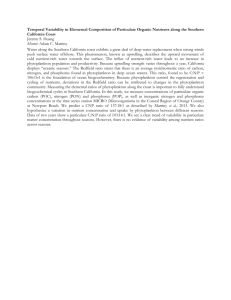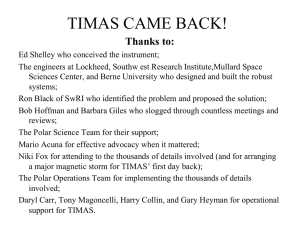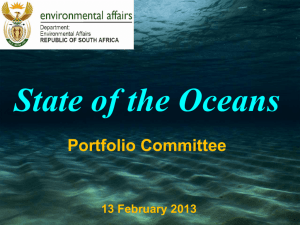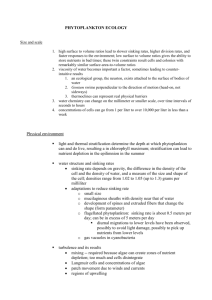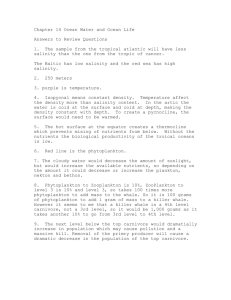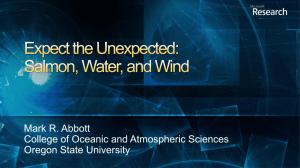Temporal Variability in Elemental Composition of Particulate
advertisement
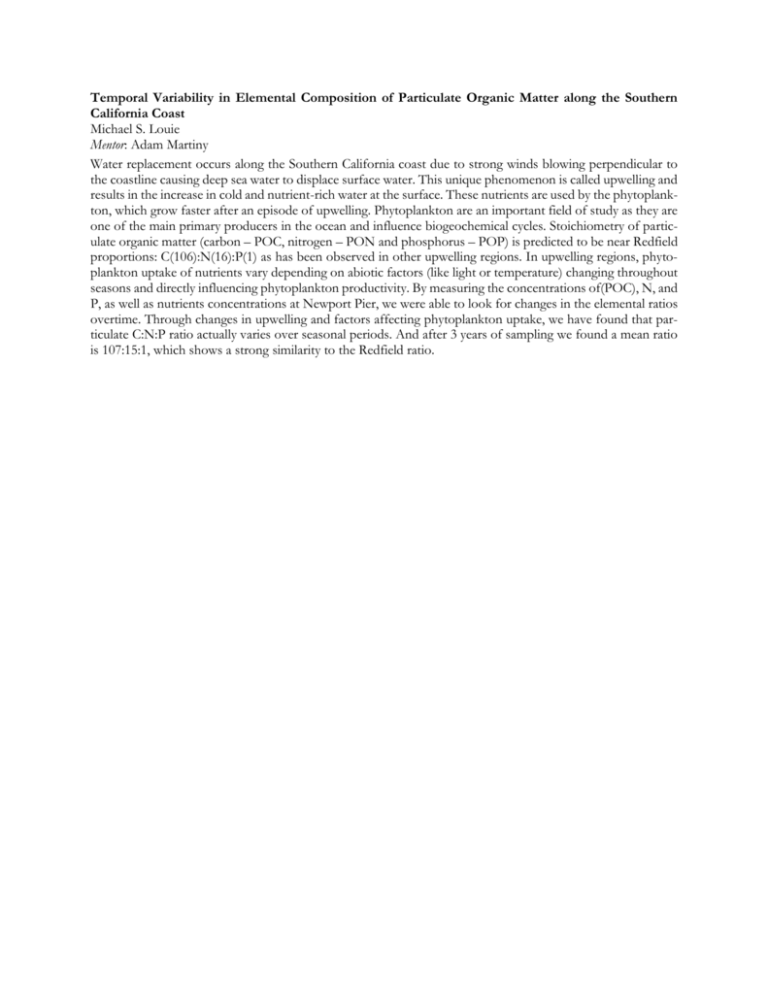
Temporal Variability in Elemental Composition of Particulate Organic Matter along the Southern California Coast Michael S. Louie Mentor: Adam Martiny Water replacement occurs along the Southern California coast due to strong winds blowing perpendicular to the coastline causing deep sea water to displace surface water. This unique phenomenon is called upwelling and results in the increase in cold and nutrient-rich water at the surface. These nutrients are used by the phytoplankton, which grow faster after an episode of upwelling. Phytoplankton are an important field of study as they are one of the main primary producers in the ocean and influence biogeochemical cycles. Stoichiometry of particulate organic matter (carbon – POC, nitrogen – PON and phosphorus – POP) is predicted to be near Redfield proportions: C(106):N(16):P(1) as has been observed in other upwelling regions. In upwelling regions, phytoplankton uptake of nutrients vary depending on abiotic factors (like light or temperature) changing throughout seasons and directly influencing phytoplankton productivity. By measuring the concentrations of(POC), N, and P, as well as nutrients concentrations at Newport Pier, we were able to look for changes in the elemental ratios overtime. Through changes in upwelling and factors affecting phytoplankton uptake, we have found that particulate C:N:P ratio actually varies over seasonal periods. And after 3 years of sampling we found a mean ratio is 107:15:1, which shows a strong similarity to the Redfield ratio.
